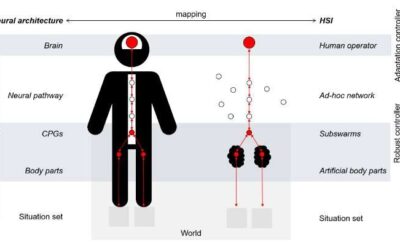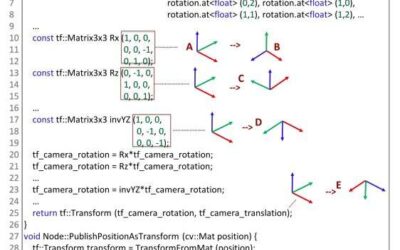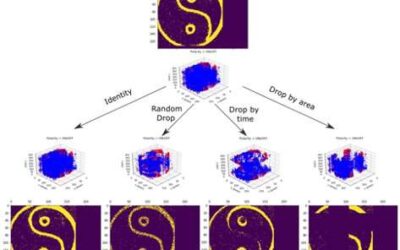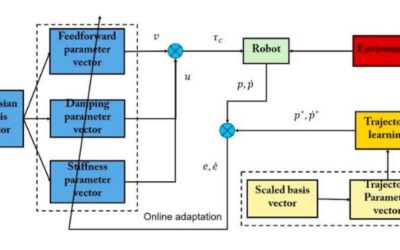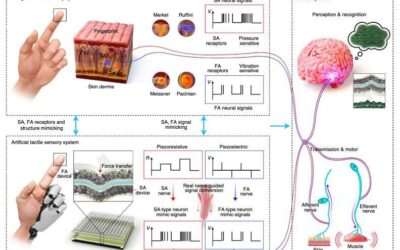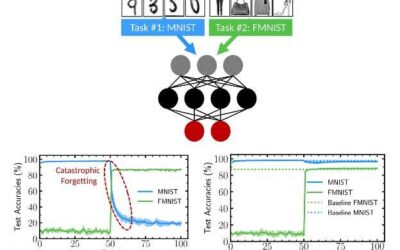Swarm robotics is a relatively new and highly promising research field, which entails the development of multi-robot teams that can move and complete tasks together. Robot swarms could have numerous valuable applications. For instance, they could support humans during...
Machine learning & AI
A new taxonomy to characterize human grasp types in videos
Over the past few decades, roboticists and computer scientists have developed a variety of data-based techniques for teaching robots how to complete different tasks. To achieve satisfactory results, however, these techniques should be trained on reliable and large...
PHYSFRAME: a system to type check physical frames of reference for robotic systems
To move efficiently and safely within different environments, robotic systems typically monitor both their own movements and their surroundings as they try to navigate safely and avoid nearby obstacles. The measurements they gather generally make sense with respect to...
EventDrop: a method to augment asynchronous event data
Event sensors, such as DVS event cameras and NeuTouch tactile sensors, are sophisticated bio-inspired devices that mimic event-driven communication mechanisms naturally occurring in the brain. In contrast with conventional sensors, such as RGB cameras, which are...
An approach to achieve compliant robotic manipulation inspired by human adaptive control strategies
Over the past few decades, roboticists have created increasingly advanced and sophisticated robotics systems. While some of these systems are highly efficient and achieved remarkable results, they still perform far poorly than humans on several tasks, including those...
A model to predict how much humans and robots can be trusted with completing specific tasks
Researchers at University of Michigan have recently developed a bi-directional model that can predict how much both humans and robotic agents can be trusted in situations that involve human-robot collaboration. This model, presented in a paper published in IEEE...
LyricJam: A system that can generate lyrics for live instrumental music
Over the past few decades, computer scientists have developed computational tools that can generate specific types of data, such as images, words or audio recordings. These systems could have a variety of valuable applications, particularly in creative fields that...
Researchers create an artificial tactile skin that mimics human tactile recognition processes
Over the past few decades, roboticists and computer scientists have developed artificial systems that replicate biological functions and human abilities in increasingly realistic ways. This includes artificial intelligence systems, as well as sensors that can capture...
Features of virtual agents affect how humans mimic their facial expressions
In recent years, computer scientists have developed a broad variety of virtual agents, artificial agents designed to interact with humans or assist them with various tasks. Some past findings suggest that the extent to which human users trust these agents often...
A bio-inspired technique to mitigate catastrophic forgetting in binarized neural networks
Deep neural networks have achieved highly promising results on several tasks, including image and text classification. Nonetheless, many of these computational methods are prone to what is known as catastrophic forgetting, which essentially means that when they are...

